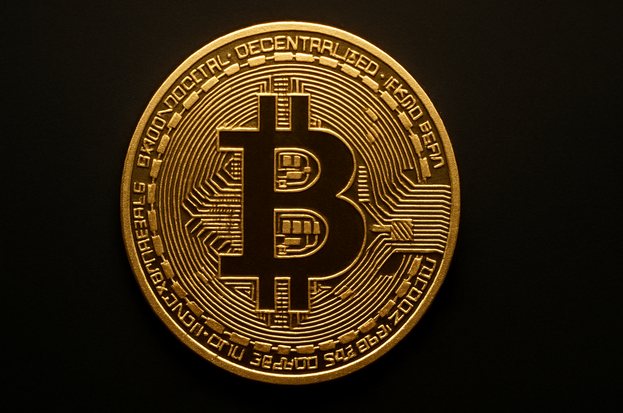TLDR
- Bitcoin miner debt rose 500 percent to $12.7B within one year.
- Miners are investing in AI and HPC to stabilize post-halving income.
- Bitfarms, TeraWulf, and IREN raised over $4B in new debt this year.
- Mining rewards dropped to 3.125 BTC after April 2024 halving.
Debt among Bitcoin miners has soared by 500% in the past year as they compete to keep up with increasing hashrate demands. The growing pressure to invest in advanced mining equipment and AI infrastructure has pushed total industry debt to $12.7 billion. This shift is also helping miners stabilize revenues after the April 2024 Bitcoin halving, which cut mining rewards in half.
Miner Debt Jumps to $12.7 Billion Amid Competitive Pressure
According to analysts at investment firm VanEck, Bitcoin miner debt has risen from $2.1 billion to $12.7 billion in just 12 months. This increase is driven by the rising cost of maintaining mining competitiveness and upgrading hardware.
VanEck’s Nathan Frankovitz and Matthew Sigel explained the situation in their October Bitcoin ChainCheck report. They noted that miners must constantly upgrade to avoid losing hashrate share, which directly affects how much Bitcoin they can earn daily.
“This is what we refer to as the melting ice cube problem,” said Frankovitz and Sigel. “If miners don’t keep investing, their share of the global hashrate deteriorates.”
In the past, most miners used equity funding, but rising interest in AI and hosting services has given them better access to debt markets.
Shift to AI and HPC Creates New Revenue Streams
Many Bitcoin miners are now using part of their power capacity to support AI and High-Performance Computing (HPC) hosting. This change followed the April 2024 halving, which reduced block rewards from 6.25 to 3.125 Bitcoin.
The new focus on AI allows miners to sign multi-year contracts, giving them more predictable income. VanEck analysts said this shift has helped reduce miners’ cost of capital and increased their access to loans.
“In doing so, miners have secured more predictable cash flows,” the analysts said. “The predictability has enabled miners to tap into debt markets.”
Several mining companies have raised large amounts through debt offerings. In October, Bitfarms completed a $588 million convertible note sale. TeraWulf announced a $3.2 billion secured note offering for expanding its Lake Mariner data center. IREN also raised $1 billion in convertible notes for corporate use.
Network Security Remains Stable Despite AI Expansion
While miners are moving toward AI and HPC, VanEck said there is no risk to the Bitcoin network’s security. They explained that mining still plays a key role in monetizing surplus electricity, especially in regions with excess energy supply.
The analysts said AI tasks follow daily human activity patterns, so demand is not always constant. This allows miners to switch between AI and Bitcoin mining based on power availability.
“Bitcoin mining remains an easy way to quickly monetize excess electricity,” said Frankovitz and Sigel. “It supports data centers that are designed with AI and HPC convertibility in mind.”
Miners Look for Ways to Cut Energy Costs
Some miners are now testing ways to use surplus power during off-peak AI demand hours. This could reduce or eliminate the need for costly backup generators.
VanEck’s report mentions that this kind of energy reuse could make operations more efficient both financially and electrically. Several miners are studying how to balance AI workloads with mining to lower energy costs over time.
Though still in early stages, these tests point to a shift in how mining companies plan to manage their resources. The goal is to remain competitive while cutting costs in a changing market.





